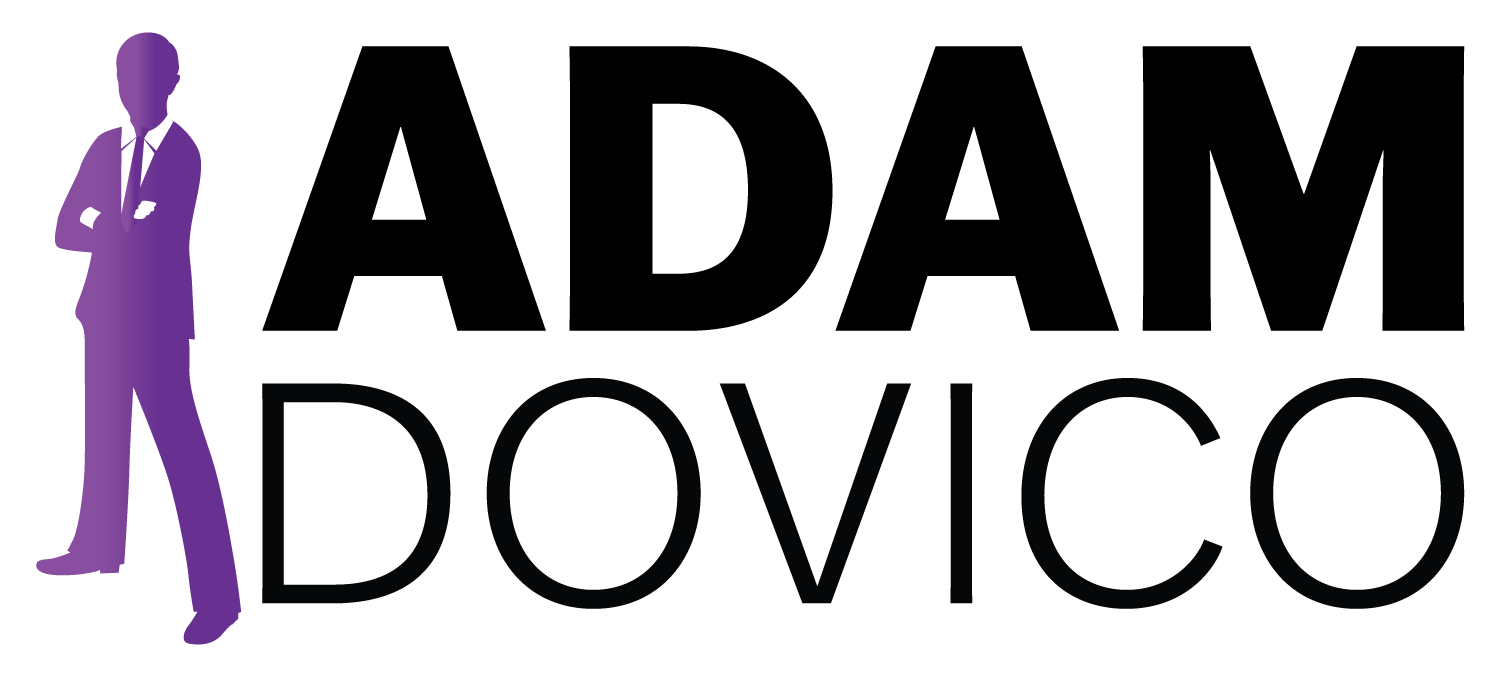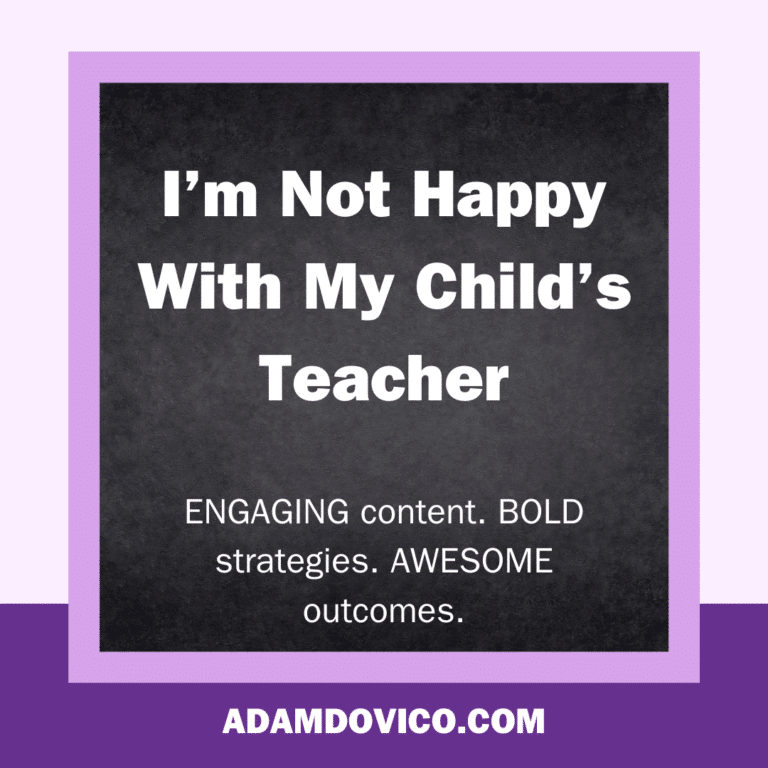Building School Culture: The Weakest Link
Amongst educational “buzz words,” school culture is somewhere near the top (no offense to rigor). It is used liberally in professional development, books, and staff meetings. I am just as guilty as the next principal/speaker/educator who uses it! It has become a staple in my 20+ year career, and that is because I truly believe in the importance of having a positive culture in the building. The benefits are plentiful:
- Students and staff enjoy coming to school each day
- Parents speak highly of the school
- The community has generally positive things to say about it, even if they are not directly in it
- Businesses and organizations partner with the school
- The learning environment has less distractions
As a principal, building a positive school culture was paramount to my vision. I wanted a school that had all of the bullet points above, and I wanted to be an example for other schools to follow. Did it work? At times. Did it feel like we were failing? At times.
First the positives. In just a short time, we built an exciting culture around the addition of Houses, Morning Choice, SPECIAL, and other elements. You can learn more about those in previous blogs. At the same time, we had hurdles too. From the naked eye, one may point to poor student behavior, but that is too surface level. If you dug deeper, it was adults who were not doing their part that caused the disruptions to the culture. They were our weakest links.
Unfortunately, schools are often measured by their weakest links. For example, a group of parents figure out that their children’s teacher sits behind their desk each day and demands that the students work silently throughout the day. For that group of parents, this is their perception of the school. It doesn’t matter that there are dozens of teachers with excellent instruction all around this teacher. For those parents, our school has been measured by our weakest link.
Once upon a time, this was a relatively easy fix. When there were teachers not performing to the level of excellence that was expected, there were corrective actions available. And if it didn’t work out, we had a handful of resumes ready to go to hire someone new. That is simply not the reality anymore, as we are in an era of teacher shortages. So to dismiss a teacher means that classroom risks not having a teacher for the foreseeable future.
As an administrator, correcting these weak links is vital, yet time consuming. The reasoning behind the weaknesses may be many – lack of training, motivation, support, personal reasons – so drilling down to determine the deficit is my first step. I ask myself, “Why is this teacher struggling?” From there, I want to be able to provide support where possible to help address it. The support will look differently depending on the root cause, but honesty and directness have emerged as important approaches towards fixing the problems.
Beating around the bush or speaking in metaphors with struggling staff typically does not fix things. Having conversations that directly address the concerns get us much further and help us find solutions much quicker. In addition, adding action items and a timeline to follow up is also helpful in the corrective process.
A weakest link in your school can be a tremendous challenge to not just school leaders, but colleagues and families. They are sometimes loud and influential. And in worse case scenarios, aim to take down what you are trying to build. But weak links can be strengthened, and strong links make for a more cohesive culture.








